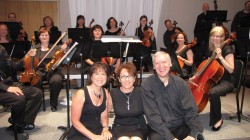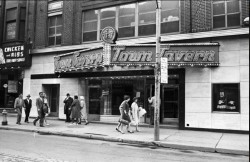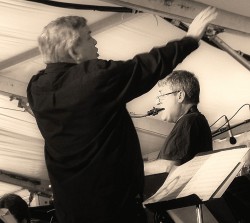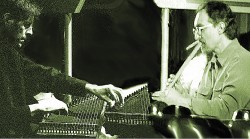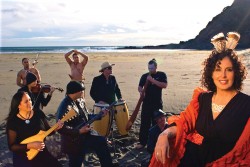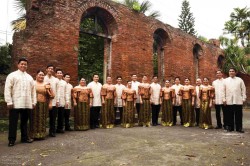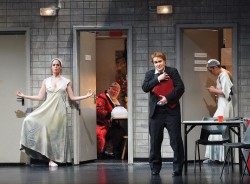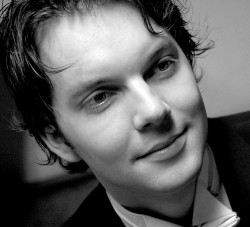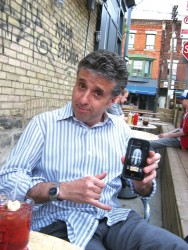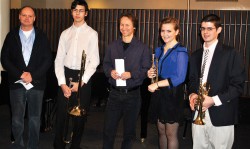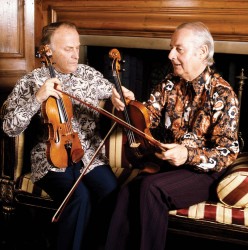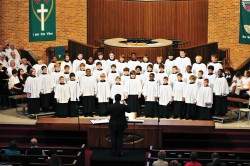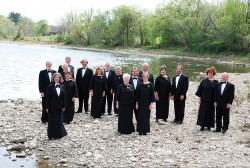The Art of Keeping it Going
For over a year, the Old Mill’s Home Smith Bar has been presenting the “Something to Sing About” series on Fridays and “Piano Masters” series on Saturdays. This summer, the music continues, but singers get a break and piano players become sometimes sidemen, as the Home Smith houses veterans of instrumental jazz Friday and Saturday nights from 7:30–10:30pm. Some of the highlights include a one-of-a-kind booking, “The Three Guitars,” featuring George Grosman, Tony Quarrington and Dave Dunlap on July 23; trombone master Alastair Kay with Brian Dickinson and Neil Swainson on August 6; and clarinetist extraordinaire Bob De Angelis with Danny McErlain and Ron Johnston on September 2. See our jazz listings for the complete summer schedule.
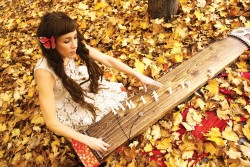 Purveyors of alcoholic beverages and proud providers of live music, the folks at the Emmet Ray (924 College St.) have been presenting jazz and new music by young local artists since their opening in 2009. On Sunday, July 10, the venue presents a one-day music festival featuring nine young acts on the local scene, including sets by the Parker Abbott Piano Duo, CNE Quintet (Card, Newton, Easty), Mikko Hilden Group, Kelsey McNulty Group and the Jessica Stuart Few, featuring the leader on vocals, guitar and koto (a 13-string Japanese harp). I’m honoured to be playing a set at this event as well. The Emmet Ray is a vibrant new light on the live music scene; this would be a great opportunity to sample its glow.
Purveyors of alcoholic beverages and proud providers of live music, the folks at the Emmet Ray (924 College St.) have been presenting jazz and new music by young local artists since their opening in 2009. On Sunday, July 10, the venue presents a one-day music festival featuring nine young acts on the local scene, including sets by the Parker Abbott Piano Duo, CNE Quintet (Card, Newton, Easty), Mikko Hilden Group, Kelsey McNulty Group and the Jessica Stuart Few, featuring the leader on vocals, guitar and koto (a 13-string Japanese harp). I’m honoured to be playing a set at this event as well. The Emmet Ray is a vibrant new light on the live music scene; this would be a great opportunity to sample its glow.
Peel is about to gain substantial musical appeal. Presented by Art of Jazz, the inaugural Brampton Global Blues and Jazz Festival is gearing up for an exciting lineup August 11–14, including — are you sitting down, folks? — a concert and workshop by 10-time Grammy winner, Bobby McFerrin. President of Art of Jazz, Bonnie Lester, is understandably excited about presenting one of the world’s most virtuosic vocal artists:
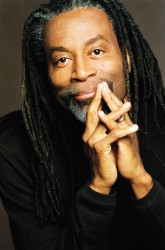 “For me, he is an unmatched musical force. Watching him perform live is an extraordinary experience. He crosses all musical boundaries and stretches the imagination in terms of what the human voice is capable of. I saw him perform several years ago and his improvised solo concert had me staring at the stage in disbelief. As a vocalist, I have followed his musical journey with a sense of awe. We were particularly delighted to have the opportunity to offer a workshop along with the concert for vocalists and teachers. This is a once-in-a-lifetime opportunity for most local singers and teachers — a chance to see a little bit of what is behind the magic of Mr. McFerrin.”
“For me, he is an unmatched musical force. Watching him perform live is an extraordinary experience. He crosses all musical boundaries and stretches the imagination in terms of what the human voice is capable of. I saw him perform several years ago and his improvised solo concert had me staring at the stage in disbelief. As a vocalist, I have followed his musical journey with a sense of awe. We were particularly delighted to have the opportunity to offer a workshop along with the concert for vocalists and teachers. This is a once-in-a-lifetime opportunity for most local singers and teachers — a chance to see a little bit of what is behind the magic of Mr. McFerrin.”
Art of Jazz is a not-for-profit organization dedicated to jazz education and performance, founded in 2005, with a vision to present, promote and perpetuate the art of jazz through enriched educational activities and innovative live musical performances. It began in Toronto’s historic Distillery District in 2006 and has recently relocated outside of Toronto proper to neighbouring regions of Peel and beyond. Why the migration?
“Part of the mandate of the organization is to build new audiences for jazz and to expose audiences to musicians they may not have the opportunity to see or hear. With changes underway at the Distillery, particularly construction that was affecting our outdoor space, we decided it was time to find new communities to build our global village. Last year, we took the Festival north and the Art of Jazz Global Jazz Village took place in Maynooth. We are once again presenting the Art of Jazz Global Jazz Village in Maynooth and neighbouring Bancroft August 17–21, 2011. We further expanded our Festival season to include the Brampton Global Jazz and Blues Festival August 11–14, 2011 … Our focus and mandate remain the same — each is a celebration of the art form of jazz and has deep roots in education. Local artists along with top musicians from around the world come together to perform in intimate venues. We create a relaxed, casual and welcoming atmosphere that allows audiences and musicians to mix, mingle and learn from one another.”
Why Brampton?
“The City of Brampton approached the Art of Jazz about bringing a jazz festival to their city. They have generously sponsored the Festival and provided unprecedented support behind the scenes. We have access to the beautiful Rose Theatre, Gage Park, Garden Square and more — all located in downtown Brampton and in close walking distance so that we can maintain the feeling of a community throughout the weekend. Brampton is the second fastest growing and 11th largest city in Canada with over 511,000 people from more than 175 distinct ethnic backgrounds. It is an ideal place to build a jazz festival, build jazz audiences and grow a vibrant jazz community.”
Thank you to all of you who continue to support live music. Whether you’re paying with credit, cash or with your attention, you make a world of difference. Happy Summer!
Ori Dagan is a Toronto-based jazz vocalist, voice actor and entertainment journalist. He can be contacted at jazz@thewholenote.com.


